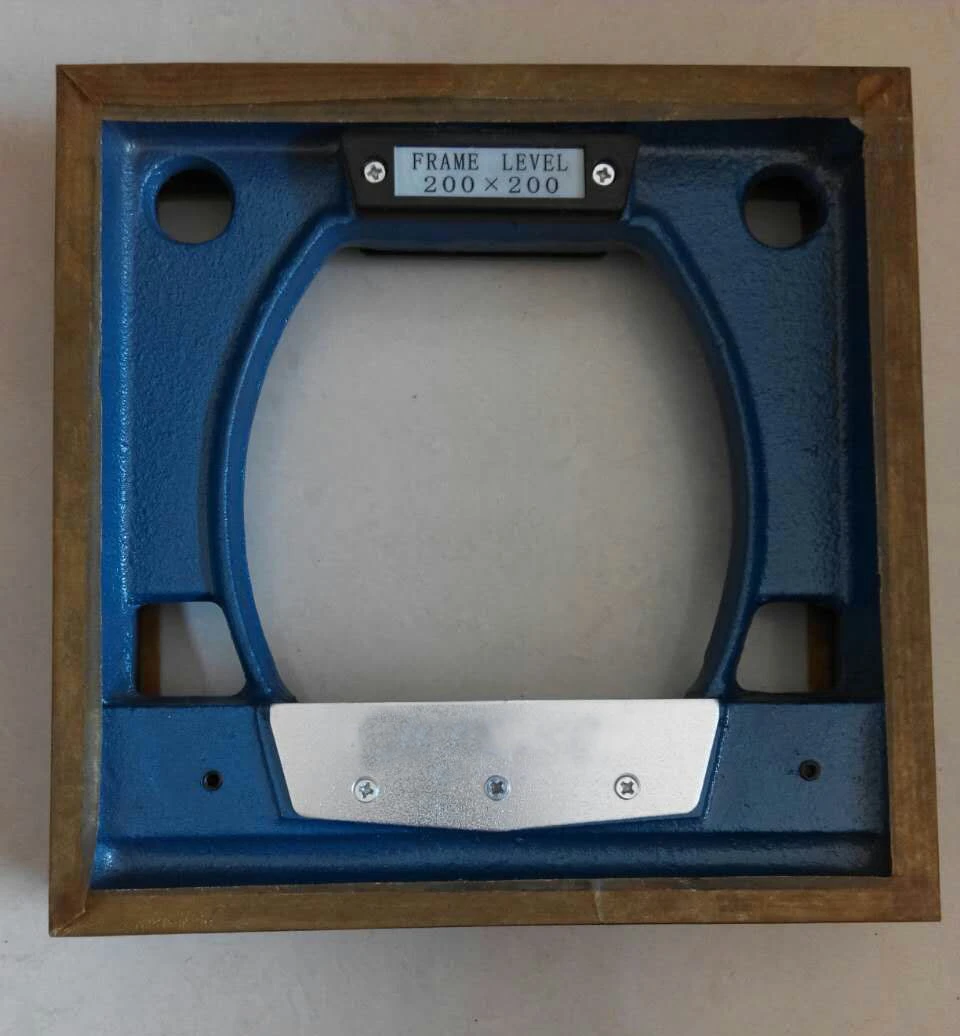Oct . 10, 2024 13:11 Back to list
granite angle plate
The Granite Angle Plate A Cornerstone of Precision in Machining
In the world of precision engineering and machining, the need for accuracy and stability cannot be overstated. One of the essential tools that aid in achieving this level of precision is the granite angle plate. This device plays a crucial role in various machining operations, including measurement, inspection, and setup of workpieces.
What is a Granite Angle Plate?
A granite angle plate is a measuring tool made from high-density granite, which offers exceptional durability and stability. Typically, these plates are designed in an ‘L’ shape—one flat surface acting as the base and the vertical part serving as a reference edge. The surface finish of granite angle plates is usually exceptionally smooth, allowing for accurate measurements, making them ideal for applications where precision is critical.
Granite, as a material, is known for its resistance to deformation and high dimensional stability. It does not expand or contract significantly with changes in temperature and humidity, ensuring that any measurements taken using a granite angle plate remain reliable over time. This attribute is particularly beneficial in machine shops and laboratories where environmental conditions can vary.
Applications of Granite Angle Plates
Granite angle plates serve numerous functions in machining and manufacturing environments. One of their primary uses is for setting up workpieces in a precise orientation. By placing a workpiece against the vertical surface of the plate, machinists can ensure that it is oriented correctly for operations like milling, drilling, or grinding.
granite angle plate

Furthermore, these plates are critical for inspection processes. Quality control personnel utilize granite angle plates to measure the flatness and perpendicularity of machined parts. By placing the component on the plate and using precision measuring tools like calipers or dial indicators, inspectors can determine whether the workpiece meets specified tolerances.
In addition to their use in setups and inspections, granite angle plates are also employed as a reference during layout work. Machinists can mark out features on a workpiece with a precision that is often unattainable when relying solely on a ruler or other measuring devices. The rigidity and stability of a granite angle plate provide a dependable surface that contributes to accuracy in layout tasks.
The Advantages of Using Granite Angle Plates
The popularity of granite angle plates in various industries can be attributed to several key benefits. Firstly, their robust nature ensures longevity; they can withstand heavy use without significant wear. Secondly, the non-porous surface of granite makes it resistant to oil and other cutting fluids, facilitating easier maintenance and cleaning.
Precision is another significant advantage. Because granite angle plates are manufactured with high-quality finishes and great attention to detail, they provide a reliable platform for achieving accurate measurements and setups. Additionally, due to their heavy weight, granite angle plates resist movement during use, further enhancing their precision.
Conclusion
Granite angle plates are indispensable tools in the realm of precision engineering. Their combination of durability, stability, and accuracy makes them a cornerstone in machining operations. As industries continue to pursue higher standards of quality and precision, granite angle plates will undoubtedly remain a vital component in achieving these goals. Whether in a bustling machine shop or a quiet laboratory, the granite angle plate stands as a testament to the importance of reliable measurement and setup in the world of manufacturing.
-
thread-plug-gauge-our-promise-of-measurement-excellenceNewsAug.22,2025
-
gauge-pin-class-reflecting-quality-legacyNewsAug.22,2025
-
check-valve-types-for-high-rise-buildingsNewsAug.22,2025
-
water-control-valve-for-irrigation-systemsNewsAug.22,2025
-
gate-valve-with-soft-seal-technologyNewsAug.22,2025
-
y-type-strainer-for-oil-and-gas-applicationsNewsAug.22,2025
Related PRODUCTS









